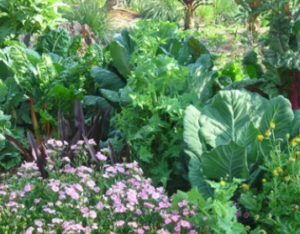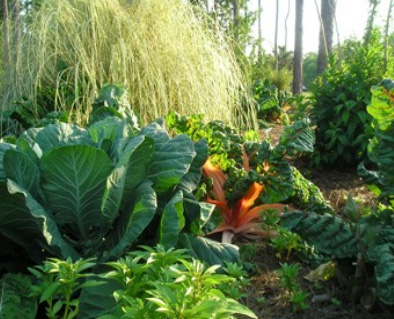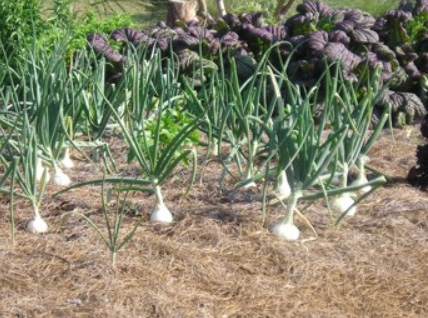[printfriendly]
Fall Gardening is a Season of Learning and Discovery.
Any whiff of cool air in the morning or evening is a tap on the shoulder, a reminder that our yard-earth is ready for our hands and trowel and the introduction of new flowers and vegetables.

The hot summer months, when even ardent gardeners only view the natural world from inside air- conditioned cars and houses, is slowly creeping back into a humid pit and is being replaced by a few mornings, here and there, of nearly-forgotten coolness. Autumn and all that it brings is like an old friend whom we have missed talking to in a long while. As many gardeners know, a fall vegetable garden is one of the first possible plantings and can be started as early as July and as late as December.
A fall garden offers the opportunity to grow everything from watermelon and corn to broccoli and tomatoes What it really comes down to is “days to harvest.†The seed packet will designate the days to harvest. If you can plant a seed with enough days before our first frost (average first frost for this area is October 28 th ) you have yourself a vegetable worth planting in the Fall. And if you are willing to build a simple greenhouse made of PVC pipe and plastic you can extend your season far into winter.
The reasons for a fall vegetable garden are as numerous as having a spring garden and some might argue that a fall garden is really a better time to grow vegetables in Florida. The cooler weather offers gardeners a chance to grow organically as there are fewer bugs. Some of the most nutritious vegetables, like kale, mustard greens, and cabbage are less likely to suffer from warm- season pest. A fall garden allows for the delicious opportunity to harvest lettuce and tomatoes in the same season.

The cool weather offers the opportunity to grow heirloom tomatoes that you might not try in the spring. Starting vegetables now provides long days for productive growth creating strong plants. Beans are a great vegetable to plant this time of year. Try several mixes of lettuce for diversified flavor with the added assurance of growing something that can withstand a light frost. Step outside the usual boundaries of gardening and attempt unusual plants like Dinosaur Kale and Bright Light Chard.
Prepare your soil by adding organic material such as manure and broken down-leaves. If you do not want to plant your entire garden in a fall garden you can solar heat (put black plastic over area you will not plant this fall) your garden to get rid of pest. Or you may want to plant a cover crop such as rye grass in a portion that you will not use for a fall planting so that it can be turned over into the soil in the spring thus releasing nutrients stored in the plants.
Your local nursery will usually offer fall vegetables that you can grow, harvest and then “put up†for future use. A fall garden can help us remember our vital selves after a long hot summer and remind us that we like to eat from our own plantings, try new vegetables and risk that we might just grow our best garden yet.

TIP- Vegetables like broccoli and cauliflower prefer cool soil for germination but can be started as early as August. Next year if you want to start your own vegetable seeds and then make additional plantings in September and October in order to have a long season for harvest, you can do that if you have a way to cool the soil. You need a shady area. A porch with a fan, a green house with open sides and shade cloth will work just fine. As soon as they have sprouted, give them a good dose of fish emulsion and move them to a brighter area to prevent them from becoming leggy. After each vegetable has reached its desired transplant size (your veggie packet or internet should provide this information) get them in the ground. A planting guide for vegetables is available here.
